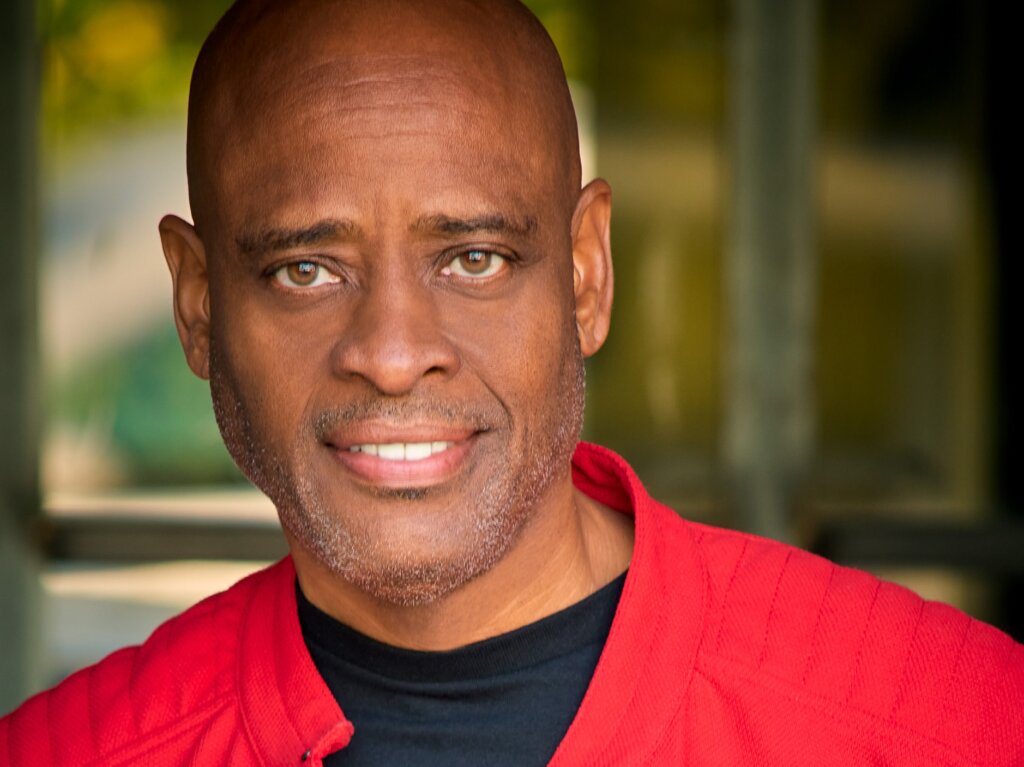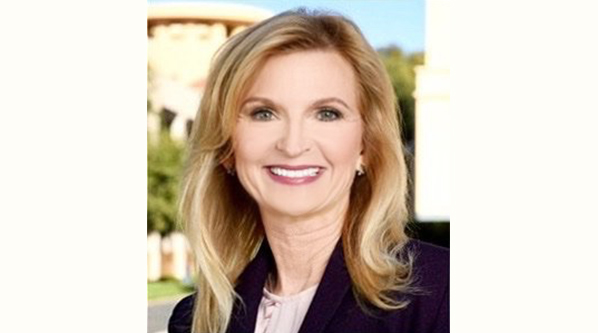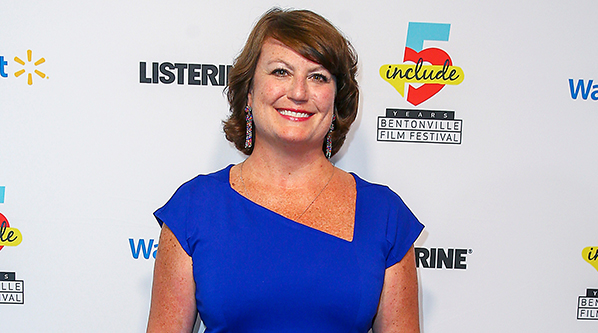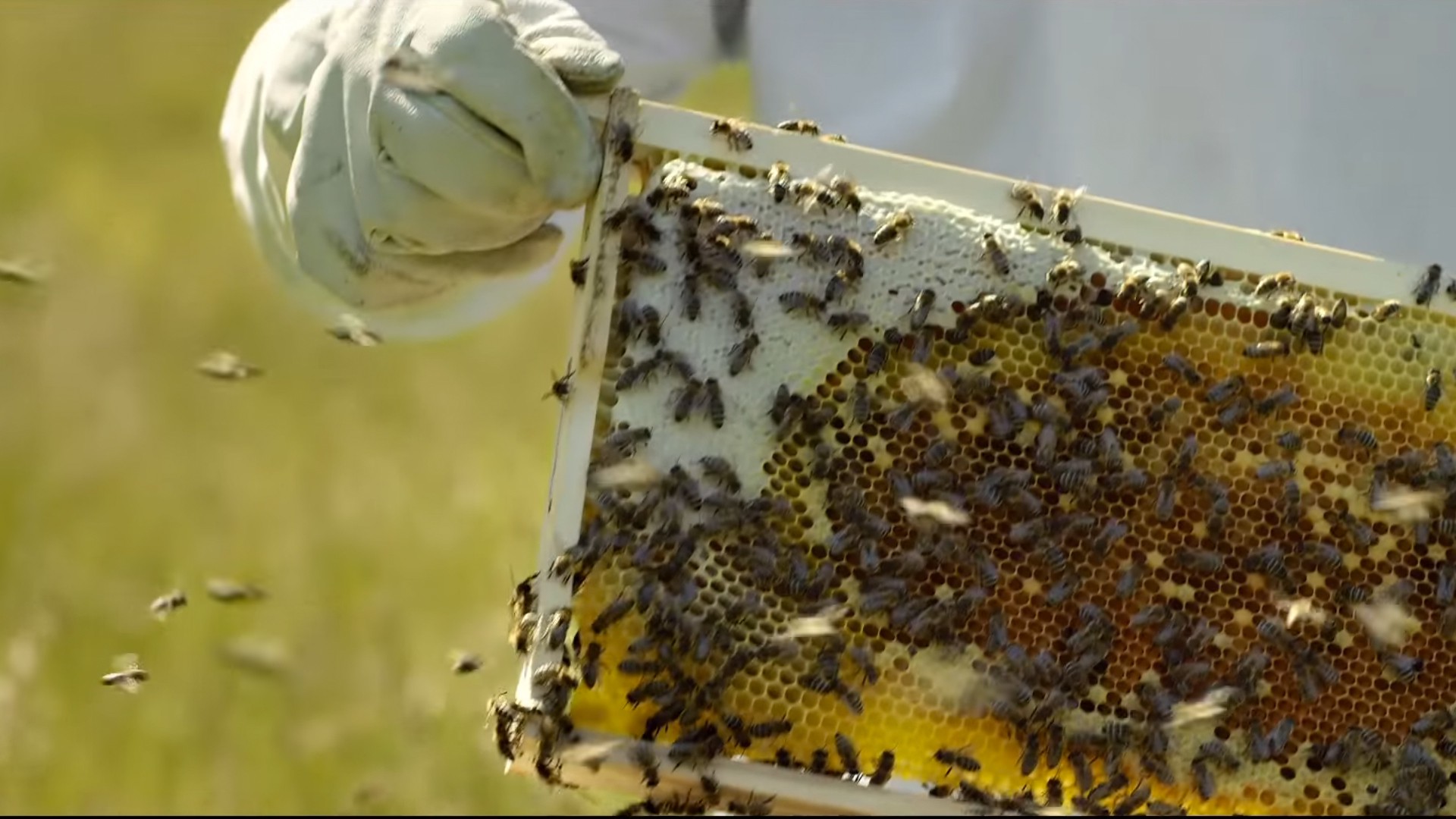

“As a marketer, as a person, as a human, you want to see the world celebrating a broad set of people rather than something that’s very narrow and unattainable.” —Mariah Eckhardt, VP of Marketing, Burt’s Bees
Mariah Eckhardt is vice president of marketing for Burt’s Bees, the natural and environmentally friendly personal care brand. Since 2007, Burt’s Bees has been a division of the Clorox Company, but it has always maintained its earth-first authenticity even as part of the consumer packaged goods giant. (She also works on Renew Life and Nutranext, Clorox’s dietary supplements businesses.) Eckhart recently spoke to SheReports™ about authenticity, purpose and forces of nature.
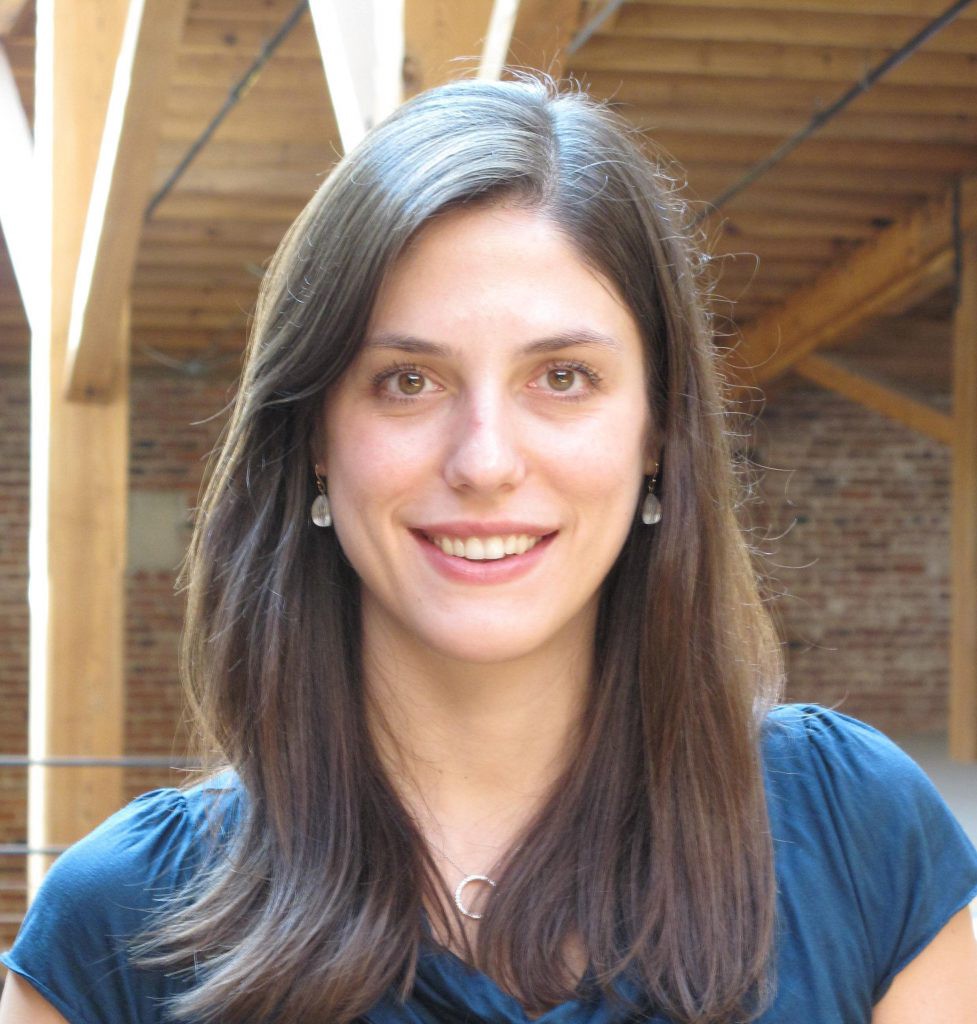
What are your responsibilities at Burt’s Bees?
Burt’s Bees is an incredible brand. We talk about being a purpose-driven brand, which we’ve talked about forever, because we’re so connected to the founders’ philosophy. So I think part of my job is to make sure that that we maintain the brand and grow it and bring it to life in really vibrant and rich ways that celebrate the founders’ initial vision. We have a really amazing and diverse set of people working on this business, and so at this point in my career, a lot of my day-to-day is working with them as they craft and build marketing plans, innovation plans that are going to support and drive the business.
How do you maintain that dedication to the founders’ vision, that feeling of being an indie brand, while you are part of such a large corporation?
I joined Burt’s Bees about 18 months before the acquisition, and it was really interesting to watch that happen. I think Clorox — and also companies like Unilever, with Ben & Jerry’s and Seventh Generation — really figured out how to manage these acquisitions in a way that celebrates the strength of the acquired brand as well as leveraging the strengths of the larger company.
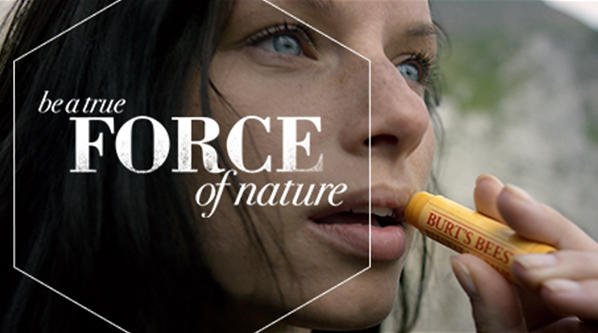
We continue to be in Durham, North Carolina, where we’ve been since the early 1990s. And we have our own unique culture here. I was really close to Burt Shavitz before he passed away. And just outside of our office, we have the cabin from his property in Maine, where he lived for years. We were able to move it down here, restore it and keep it in its original condition. It is a reminder of our culture for our employees when they walk in every day. The Clorox company values that, and we value that.
We’ve also been able to influence the larger Clorox Company. Clorox is an incredible company, and always has been. But some of the work we’ve done in areas like sustainability has been able to influence the broader Clorox Company. On the marketing side, Stacey Grier, our chief marketing officer, has been really focused on the importance of brand purpose for all the Clorox brands. And I think we have served as the source of inspiration for that drive because they see us bringing the purpose of the brand to life and how much it resonates with our consumers.
Part of my job is to make sure that that we maintain the brand and grow it and bring it to life in really vibrant and rich ways that celebrate the founders’ initial vision.
Is that the trick of maintaining the spirit of the brand, being given the space to lean into your purpose?
Culture is so important to everything that a brand can do to in the world, and we are really able to inspire and create that culture by being here together in North Carolina. So, it’s a combination of purpose and allowing the team to thrive.
Now the other thing, and it may be obvious, is that Clorox is a CPG machine that has given us a ton of capabilities that we didn’t have before: the ability to invest in the brand, the back end of a product supply organization, the sales organization. Those capabilities — plus the authenticity and the purpose of the brand — has just worked really well. Not all acquisitions are done that way.
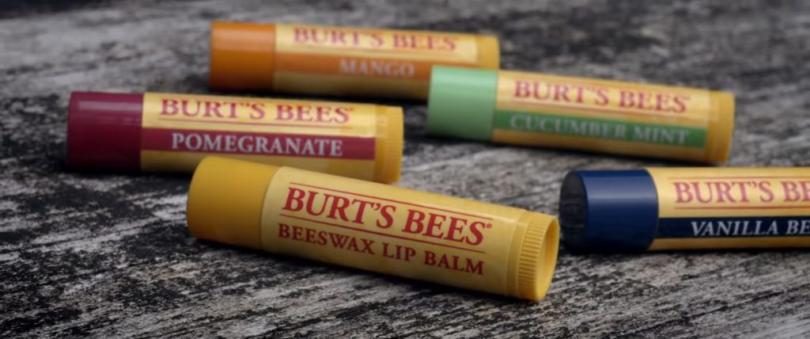
Are there marketing initiatives that have grown out of Burt’s Bees having this strong, independent culture?
We have our sustainability initiative through the Burt’s Bees Greater Good Foundation. It enables us to invest in different causes that are very specifically relevant to our brand versus being part of the larger company. Last year, we were really focused on female entrepreneurs, springboarding off of Roxanne Quimby, who started the company with Burt. That was meant to invest in female entrepreneurs and help them as they are trying to build and grow their businesses. We did that through some funding but also by bringing them into our space and introducing them to a lot of the expertise in this building.
Clorox is a CPG machine that has given us a ton of capabilities that we didn’t have before: the ability to invest in the brand, the back end of a product supply organization, the sales organization.
Generally speaking, with our marketing, the idea of natural has always been what we are known for. Lip balms and natural authenticity. A couple of years ago, we were ranked the third most authentic brand in the U.S. That was a huge accolade for us, because we are so intentional about maintaining that authentic relationship with our consumers.
Clorox signed on with the ANA’s #SeeHer initiative, to improve depictions of women in advertising. Has that caused any changes on how you think about marketing, or does it simply reflect authentic things you’ve been doing all along?
In terms of representing what is authentic to a woman, I like to believe that it is something that we’ve been doing all along. We believe in enhancing her beauty and not having her conform to beauty, celebrating what’s inside her and trying to bring that out. When women talk about what makes them the most beautiful, more often than not, it is about the way she feels and the outward expression and the confidence that comes with that.
I think #SeeHer and the cultural moment that we’re having now have helped us in being more intentional about the type of women we represent and the ways they are represented, celebrating the modern woman today. And that has changed a little bit.
We’ve also become more intentional about the partners we work with and where we are advertising. We have hired more female directors in the past couple of years, and we have pretty strong female talent at our advertising agencies.

So how is that showing up in your current campaign?
Our current campaign is called Be a True Force of Nature. We’ve had that in the market for about three years. We love the idea because we believe it encompasses the shared values of our brand and our consumer. We call her Madison; that’s our name for our aspirational target. And Madison is a force of change in her world. That is empowering for her. It brings her energy and vibrancy. And so our campaign is really meant to celebrate that she is a force of nature, just like the brand, which has always been founded on the importance of connecting to nature, is also a force of nature.
A couple of years ago, we were ranked the third most authentic brand in the U.S. That was a huge accolade for us, because we are so intentional about maintaining that authentic relationship with our consumers.
With this campaign, we also moved away from retouching. I think that is a really important point in representing the authenticity of the talent that we’re using. We look for people who have unique features that we can try to show and bring to life. We’ve always done that. For example, a couple of years ago, one of our models had several moles on the side of her cheek. We loved that about her when we were reviewing the casting. She told us that when she first started her career, those were always taken off. We were intentionally trying to celebrate what makes her different.
Do you think these more authentic portrayals are starting to happen across the beauty space? Or is that still confined to more natural brands more like yours?
I think it’s happening, and I think it’s happening proudly. I love to see brands celebrating the vibrancy of real women. As a marketer, as a person, as a human, you want to see the world celebrating a broad set of people rather than something that’s very narrow and unattainable. I came out of the beauty industry. The brands that I used to work for now have these really amazing campaigns out there that are celebrating the richness of diverse women. We need to make sure that we continue to do it in a way that is meaningful to our brand as well as meaningful to the consumer that we’re connecting with.
https://www.aenetworks.com/perspectives/maintaining-authenticity-even-inside-a-cpg-machine
